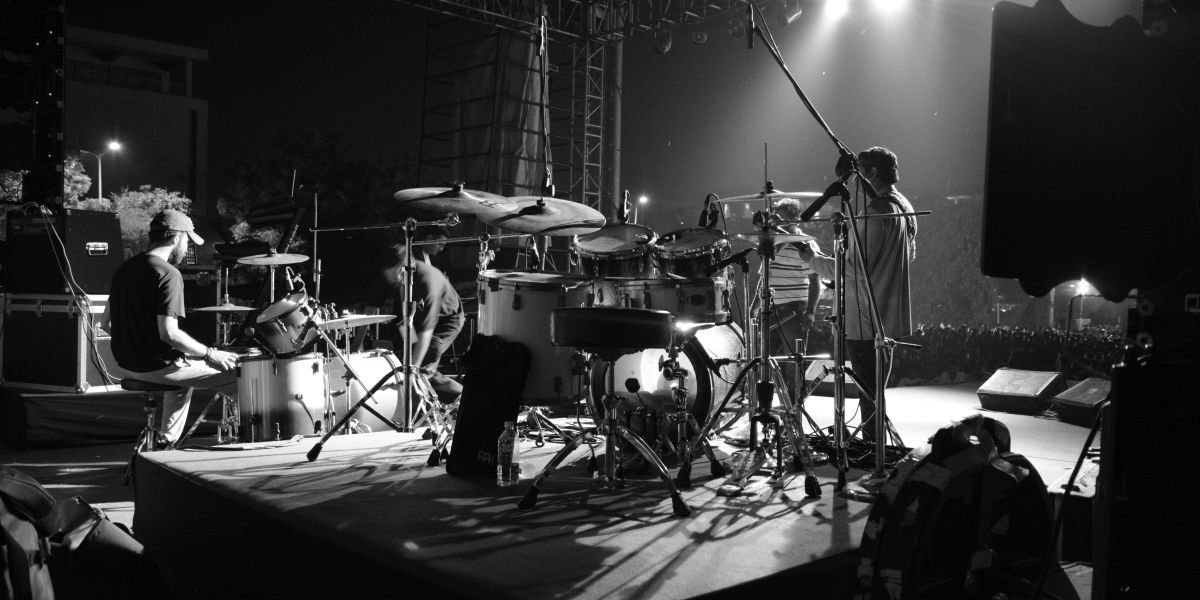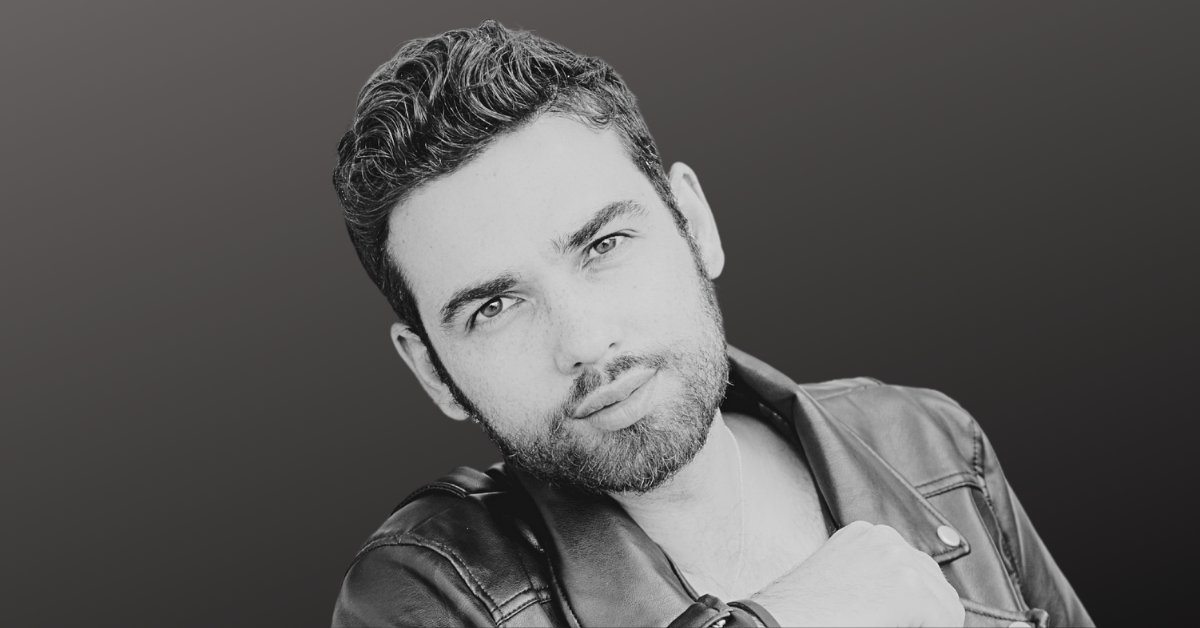By: Jason Gerber
In recent years, wildfires have become increasingly common and severe, posing significant threats to communities and ecosystems worldwide. Understanding the factors contributing to these devastating disasters is crucial in addressing the growing risk and finding sustainable solutions. This article explores wildfire disasters and their impact on communities and ecosystems.
Historical Context
Throughout history, wildfires have played a natural role in shaping ecosystems, promoting biodiversity, and renewing landscapes. Indigenous communities used controlled burns to manage vegetation and mitigate fire risk.
However, human intervention and changing land management practices have altered wildfire patterns, leading to more frequent and intense blazes.
Environmental Factors
Climate change is a primary driver of wildfire disasters. Rising temperatures, prolonged droughts, and changing precipitation patterns create hotter, drier conditions conducive to fire spread.
The resulting increase in fuel availability and ignition sources increases wildfire risk, amplifying the frequency and severity of wildfires around the world.
Human Activities
Human activities significantly contribute to wildfire disasters. Deforestation, land-use changes, and urban expansion encroach upon natural landscapes increasing the likelihood of wildfires igniting near populated areas.
Additionally, negligent behavior, such as improper disposal of cigarettes or campfires and deliberate arson incidents, further escalates wildfire risk.
Policy and Management
Forest management policies and firefighting strategies play a crucial role in wildfire prevention and suppression. However, challenges in implementation, resource allocation, and coordination among agencies hinder effective wildfire management.
Improved land-use planning, prescribed burning, and community engagement are essential for mitigating wildfire risk and enhancing resilience.
Socio-Economic Impacts
Wildfires have far-reaching effects on communities, wildlife, and economies. The loss of lives, homes, and infrastructure devastates affected areas, while the economic costs of firefighting, rehabilitation, and lost productivity are substantial. The toll on firefighters and emergency responders highlights the urgency of addressing wildfire risk comprehensively.
Community Resilience
Community preparedness and education play a vital role in reducing wildfire risk. Implementing defensible space measures, conducting evacuation drills, and promoting fire-safe building practices can enhance community resilience and minimize property damage. Collaboration among residents, local authorities, and firefighting agencies is essential for effective wildfire response and recovery.
Looking Ahead
Advancements in technology, such as satellite monitoring, aerial firefighting drones, and predictive modeling, offer promising tools for wildfire detection and management.
However, long-term wildfire mitigation efforts must address root causes such as climate change, unsustainable land-use practices, and urban sprawl. Integrated approaches that combine ecological restoration, land management reforms, and community engagement are key to building wildfire-resilient environments and communities.
In a Nutshell
Now, we have concluded that wildfires continue to pose significant challenges globally. It is essential to take collective actions to address the underlying factors contributing to wildfire disasters.
By understanding the complexities of wildfire risk and taking proactive measures, communities can develop a comprehensive strategy to mitigate future disasters.
Adopting sustainable land management practices, investing in wildfire research and preparedness, and developing community partnerships are crucial steps toward a safer, more resilient future.
Explore the complexities of wildfire disasters and the importance of collective action in Diablo Wind: A Firefighter’s Trial by Wind and Fire by R. Scott Watson. This book sheds light on the realities of wildfire management and encourages you to think about how to make a difference in safeguarding communities and ecosystems.
Published by: Khy Talara









